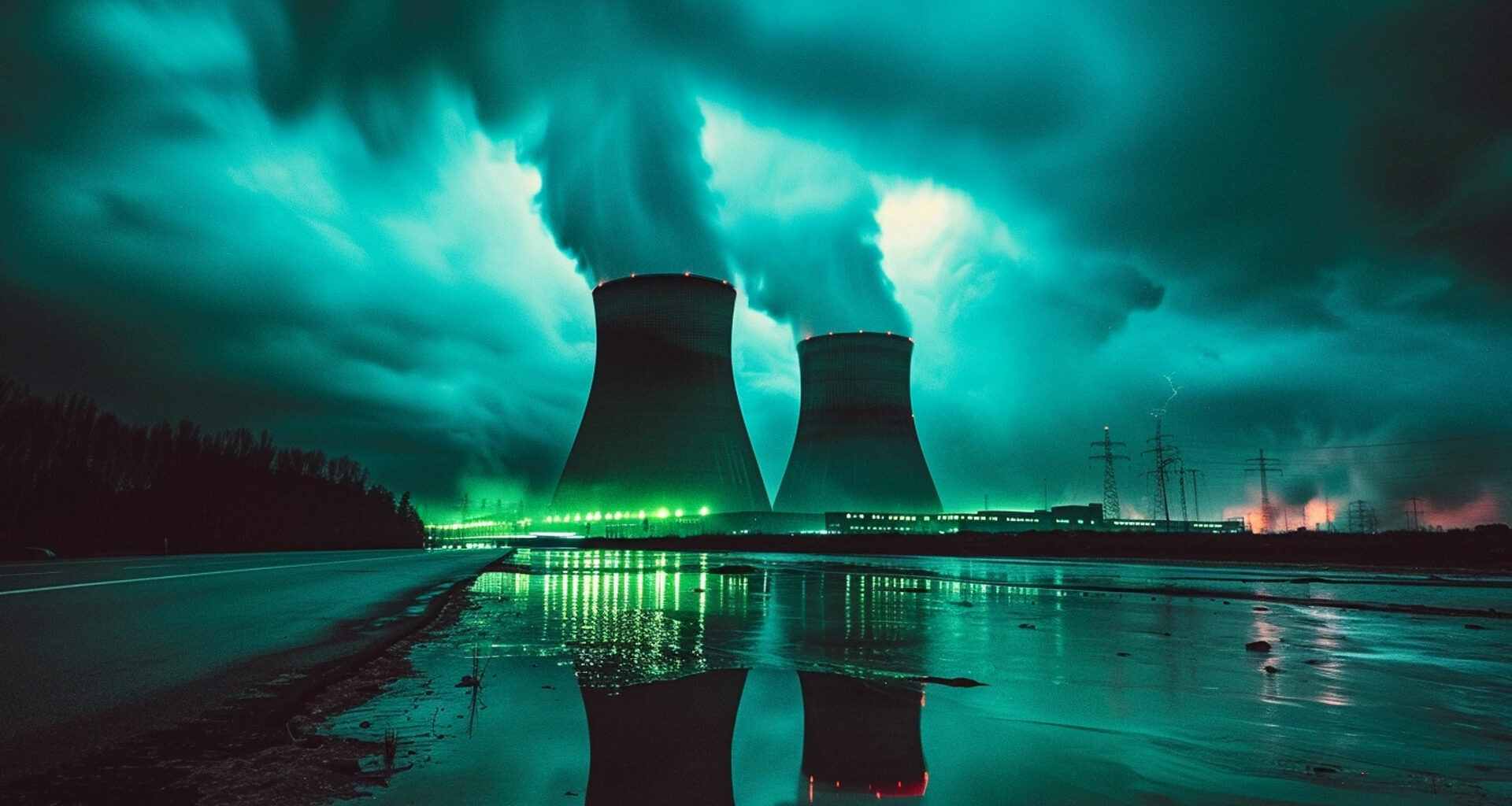Table of Contents Show
Introduction to US Uranium Mining Regulations
Uranium mining in the USA is a complex and highly regulated industry. A web of federal and state laws governs every step, from exploration and extraction to processing and waste management. Understanding these regulations is crucial for anyone involved in the uranium mining sector, including companies, investors, and communities.
Key Regulatory Agencies
Several federal agencies play a pivotal role in regulating uranium mining activities:
- Nuclear Regulatory Commission (NRC): The NRC is the primary agency responsible for the safety and security of nuclear materials and facilities, including uranium mines and mills. It licenses and oversees uranium recovery facilities, ensuring compliance with strict radiation safety standards.
- Environmental Protection Agency (EPA): The EPA sets environmental standards for uranium mining operations to minimize impacts on air, water, and land. It also regulates the management and disposal of radioactive waste generated from uranium mining.
- Bureau of Land Management (BLM) and US Forest Service (USFS): These agencies manage vast tracts of public lands where uranium deposits are often found. They oversee the leasing process for mining on federal lands and ensure compliance with environmental regulations.
- Mine Safety and Health Administration (MSHA): MSHA is responsible for the safety and health of miners, including those working in uranium mines. It enforces regulations to prevent accidents and protect workers from radiation exposure.
Key Regulations and Acts
Several key regulations and acts form the foundation of US uranium mining oversight:
- Atomic Energy Act (AEA): The AEA governs the use and control of nuclear materials, including uranium. It establishes a licensing framework for uranium mining and milling activities.
- Uranium Mill Tailings Radiation Control Act (UMTRCA): UMTRCA specifically addresses the management and disposal of mill tailings, which are the radioactive waste materials left over after uranium ore processing. It requires companies to clean up and stabilize tailings sites to protect public health and the environment.
- National Environmental Policy Act (NEPA): NEPA requires federal agencies to assess the environmental impacts of proposed actions, including uranium mining projects, and consider alternatives before making decisions.
- Clean Air Act (CAA) and Clean Water Act (CWA): These acts set air and water quality standards that uranium mining operations must comply with to minimize pollution and protect human health.
- Safe Drinking Water Act (SDWA): The SDWA safeguards drinking water sources from contamination, including potential impacts from uranium mining activities.
State-Level Regulations
In addition to federal regulations, individual states have their own sets of laws governing uranium mining. These regulations can vary significantly from state to state, often addressing issues like water rights, land use, and reclamation requirements.
Challenges and Considerations
Uranium mining regulations in the USA face several challenges and ongoing considerations:
- Balancing Economic Interests and Environmental Protection: Striking a balance between supporting domestic uranium production and safeguarding the environment is an ongoing challenge. Regulatory agencies must carefully evaluate the potential impacts of mining activities and ensure adequate safeguards are in place.
- Legacy Mines and Environmental Remediation: The USA has a legacy of abandoned uranium mines, many of which pose environmental and health risks. Cleaning up these sites and mitigating contamination remains a significant challenge.
- Evolving Technologies and Regulations: As uranium mining technologies evolve, regulations must adapt to address new challenges and risks. This includes considering the potential environmental impacts of in-situ recovery (ISR) mining, a method that extracts uranium using underground solutions.
Conclusion
The regulatory landscape surrounding uranium mining in the USA is complex and multifaceted. Federal and state agencies work together to ensure the safety of workers, communities, and the environment. While challenges exist, the regulations aim to promote responsible uranium mining practices and minimize the industry’s impact on the nation’s natural resources and public health.










